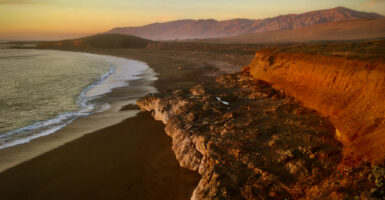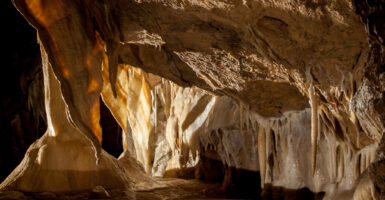20 Geographic Features Named After Fascinating Historical Events
Maps tell stories far beyond simple directions and distances. Hidden within place names lie tales of shipwrecks, ancient battles, lost treasures, and remarkable human achievements.
From mountains to rivers, these geographic features preserve historical moments in their very names. Here’s 20 geographic features where their names have a deeper meaning.
Death Valley
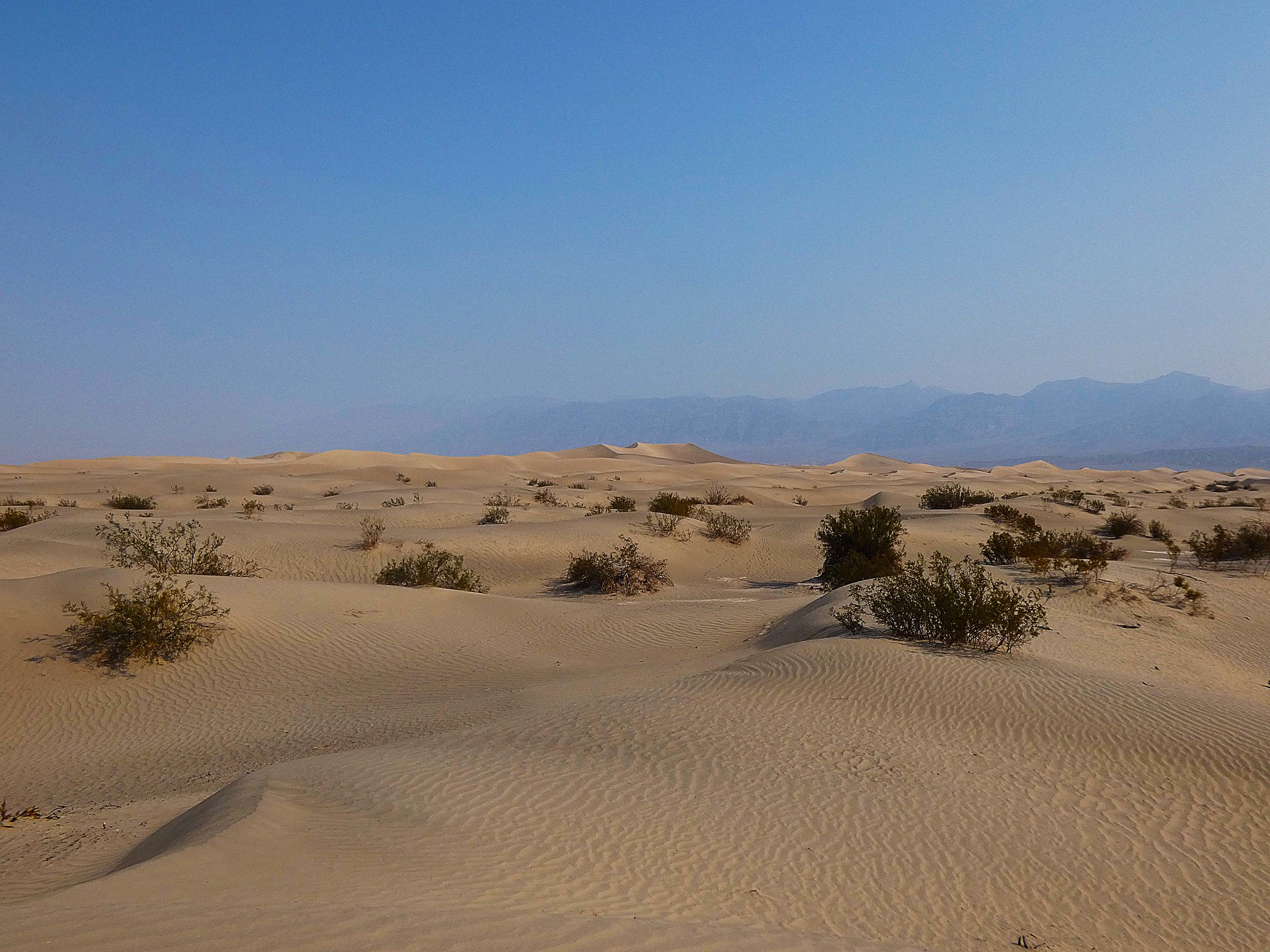
The forbidding landscape of Death Valley earned its name from a tragic expedition when a group of California-bound pioneers took a shortcut that proved nearly fatal. In the valley, only one person perished, but the survivors’ harrowing tales of extreme temperatures and endless salt flats cemented the name forever.
Archaeological evidence shows their abandoned wagons and supplies scattered across the desert floor. The pioneers’ desperate journey ironically led to the discovery of valuable mineral deposits that would later attract thousands to this seemingly inhospitable region.
Rio de Janeiro
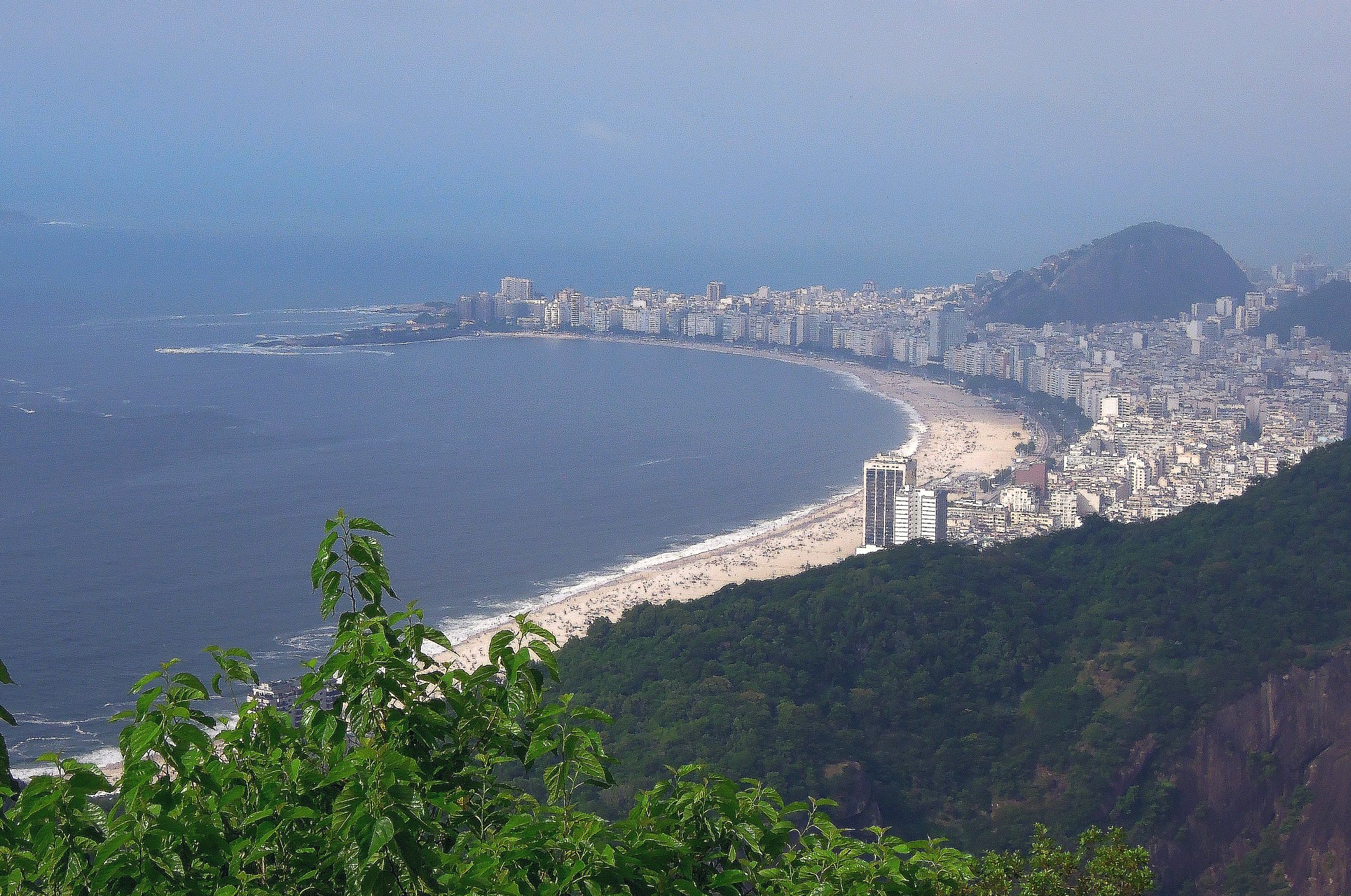
Rio de Janeiro’s name originated from Portuguese explorers who mistook the vast Guanabara Bay for a river mouth. Thick morning mist rising from the water convinced them they had discovered a massive river, leading to the name “River of January.”
Recent historical research reveals that this naming error helped protect the bay from rival explorers, who wasted time searching for a non-existent river. The morning fog phenomenon that inspired the name still occurs today, created by unique weather patterns between the bay and surrounding mountains.
Like Go2Tutors’s content? Follow us on MSN.
Antongil Bay
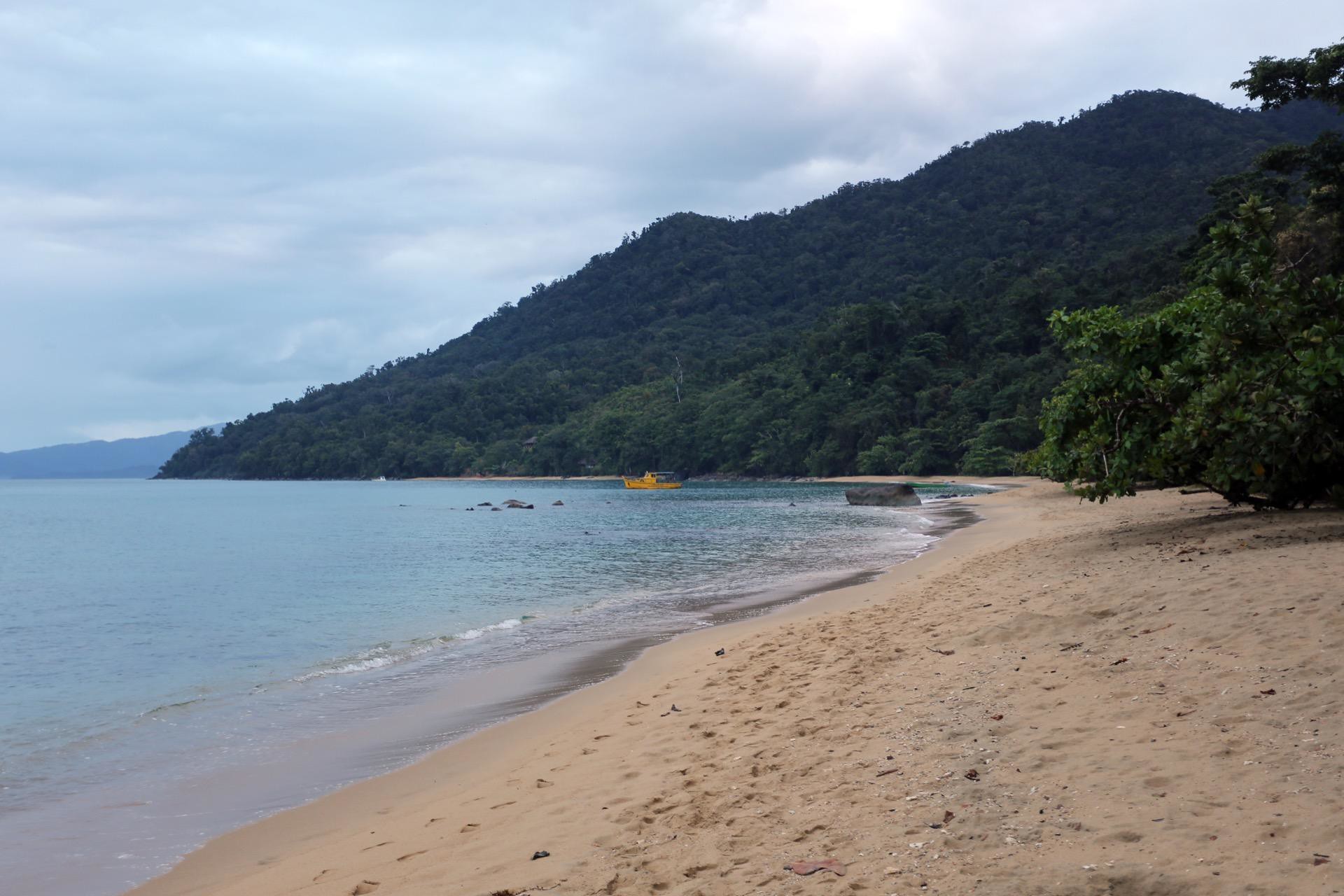
Madagascar’s Antongil Bay earned its name from Portuguese explorer Antonio Gil, who sought refuge after his fleet scattered in a violent storm. The bay became a notorious pirate haven during the golden age of piracy, with its protected waters and abundant freshwater springs making it ideal for ship repairs.
Recent marine archaeological surveys have discovered multiple shipwrecks dating to this period, some still containing cargo meant for the spice trade.
Lake Champlain

Lake Champlain carries its current name from French explorer Samuel de Champlain, but indigenous peoples called it “the lake of demons” due to mysterious sounds emanating from its depths. Modern science explains these sounds as pressure changes in deep water or ice movements, but the original name preserved centuries of folklore.
Recent sonar mapping has revealed unusual underwater formations that may have contributed to the lake’s eerie reputation.
Mount Niitaka
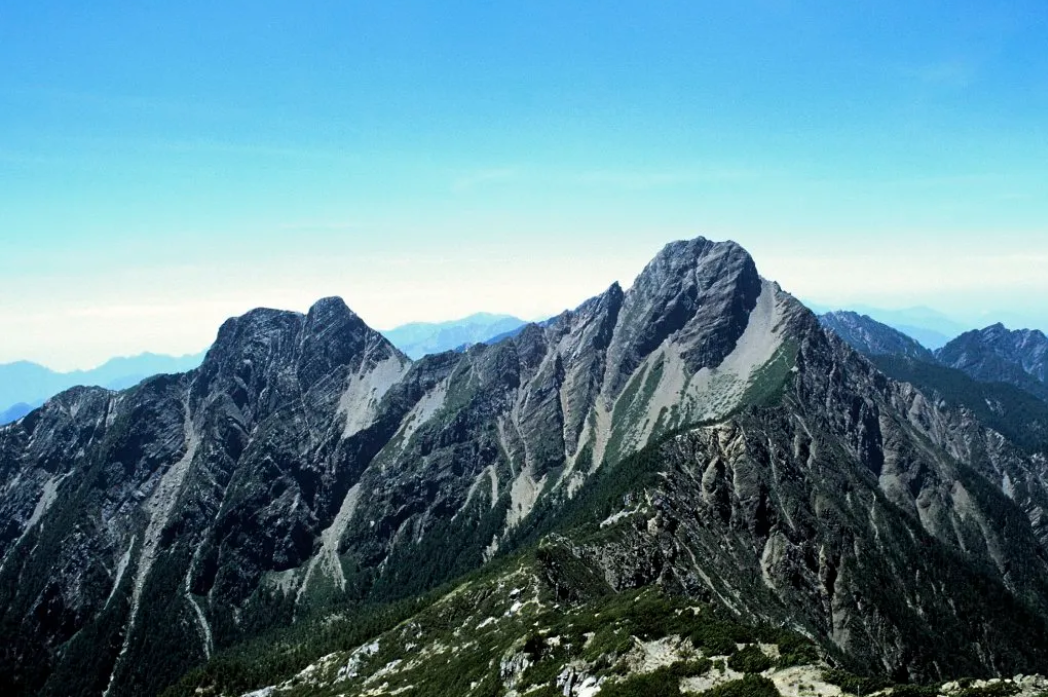
Japan’s Mount Niitaka received its name when surveyors discovered it was higher than Mount Fuji, making it the highest peak in the Japanese Empire at that time. The mountain later gained additional historical significance as the code phrase “Climb Mount Niitaka” signaled the start of the Pearl Harbor attack.
Today, the mountain stands in Taiwan under its original name, Yushan, but its wartime connection remains part of military history.
Like Go2Tutors’s content? Follow us on MSN.
Shadow Valley
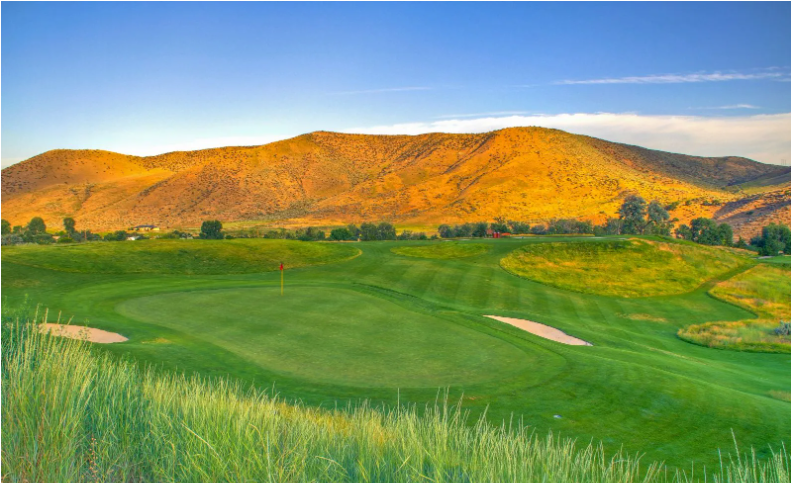
India’s Shadow Valley earned its ominous name when British surveyors noticed that the deep gorge never received direct sunlight due to its orientation and steep walls. Local legends tell of mysterious disappearances in the perpetual twilight.
Modern climbers discovered ancient cave paintings in the valley’s shadows, suggesting human habitation dating back thousands of years.
Blood River
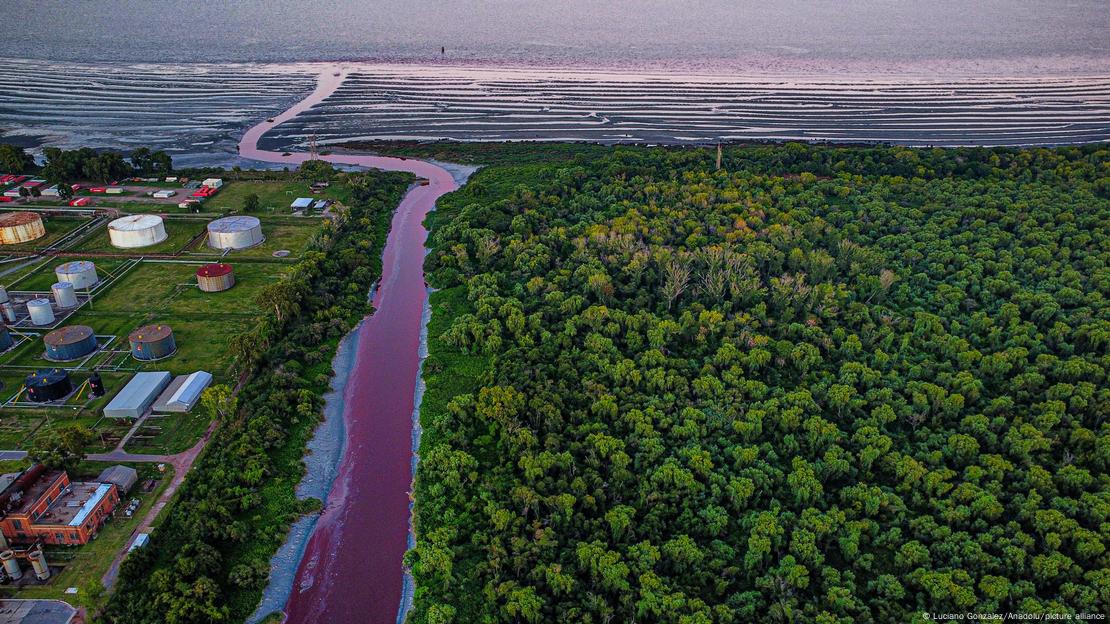
South Africa’s Blood River received its name after a battle between Voortrekker pioneers and Zulu warriors that left its waters running red. The river’s modern name serves as a reminder of colonial conflicts and their lasting impact on the region.
Archaeological excavations along its banks continue to uncover artifacts from multiple periods of human settlement.
Canyon de Chelly
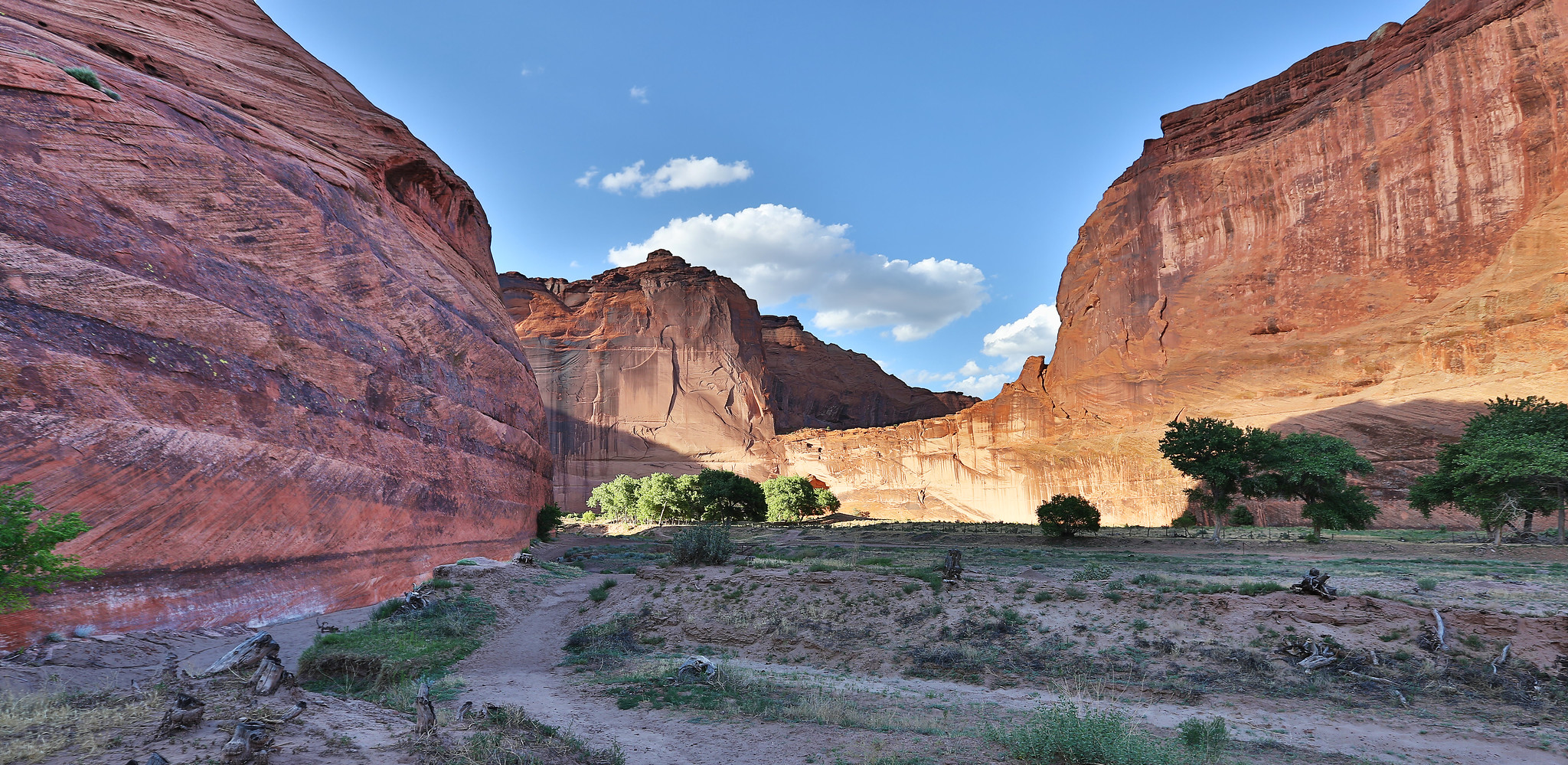
Arizona’s Canyon de Chelly takes its name from a Navajo word meaning “inside the rock.” Spanish explorers called it the “Canyon of the Lost City” after discovering ancient Pueblo ruins in its walls.
The canyon’s isolation helped preserve extensive archaeological sites that document thousands of years of human habitation. Modern researchers continue finding new chambers and artifacts within its sandstone walls.
Like Go2Tutors’s content? Follow us on MSN.
Dragon’s Backbone
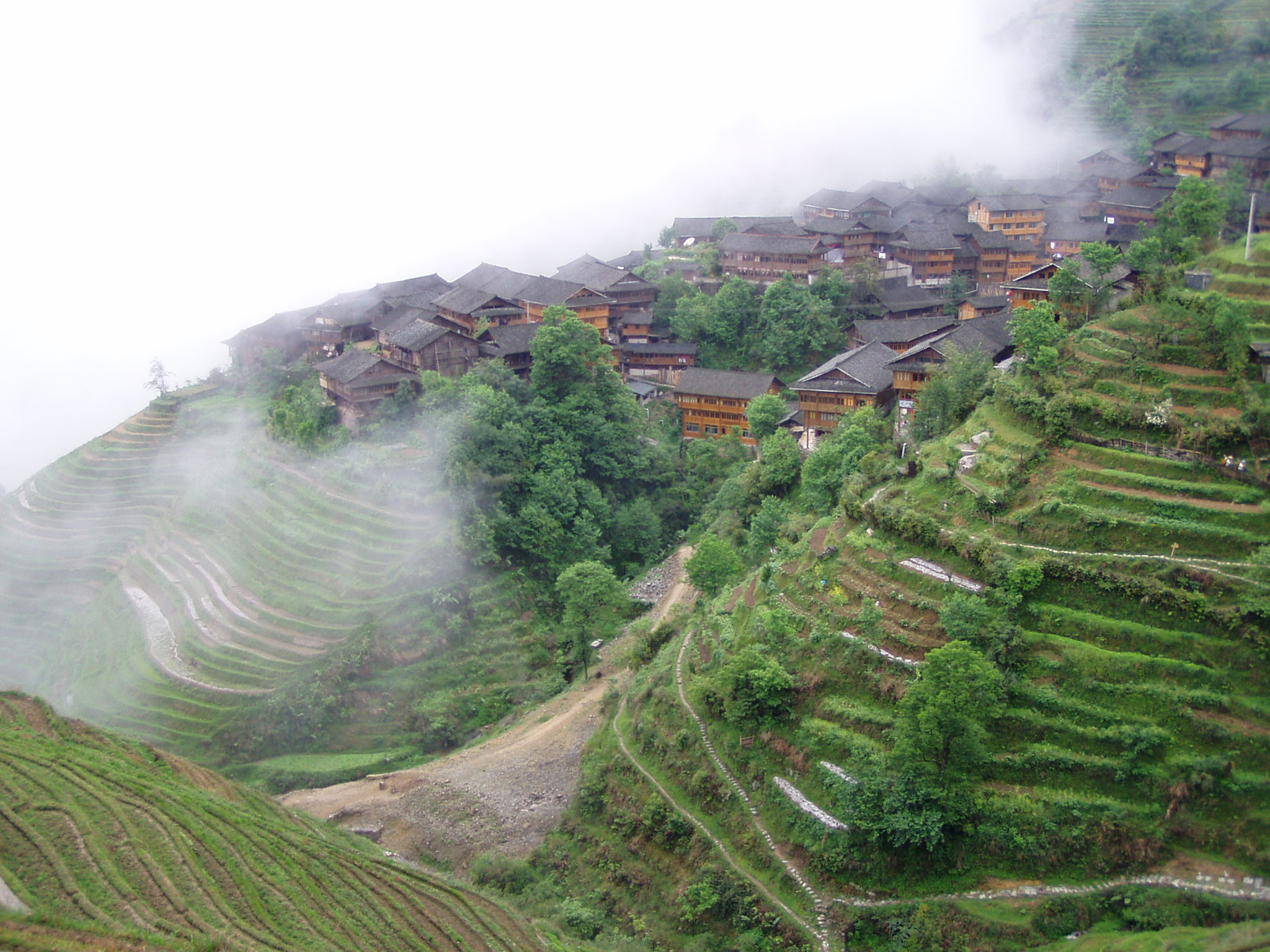
China’s Dragon’s Backbone Rice Terraces earned their name from their serpentine appearance when viewed from above. The terraces were built centuries ago, and local folklore claims that dragons helped create them by cutting into the mountainsides with their claws.
The intricate irrigation system still functions today, demonstrating remarkable ancient engineering skills.
Sable Island

The Sable Island shoals off Nova Scotia earned the nickname “Graveyard of the Atlantic” after claiming hundreds of ships. These treacherous sandbanks shaped like a crescent moon created optical illusions that confused navigators for centuries.
Modern sonar mapping reveals the constantly shifting nature of these underwater hazards, which continue to threaten ships today.
Khyber Pass

The Khyber Pass, connecting Pakistan and Afghanistan, earned its name from countless military campaigns passing through its narrow confines. Alexander the Great, Genghis Khan, and many others led armies through this strategic corridor.
Archaeological layers reveal evidence of every major empire that sought to control this crucial trade route.
Like Go2Tutors’s content? Follow us on MSN.
Mount Laki

Iceland’s Laki fissure earned its dramatic name after a catastrophic eruption that locals described as “the mountain of fire.” The eruption’s impacts reached far beyond Iceland, affecting weather patterns across Europe and possibly contributing to the French Revolution through crop failures.
Modern climate scientists study this event to understand the potential impacts of large-scale volcanic activity.
Mingsha Shan
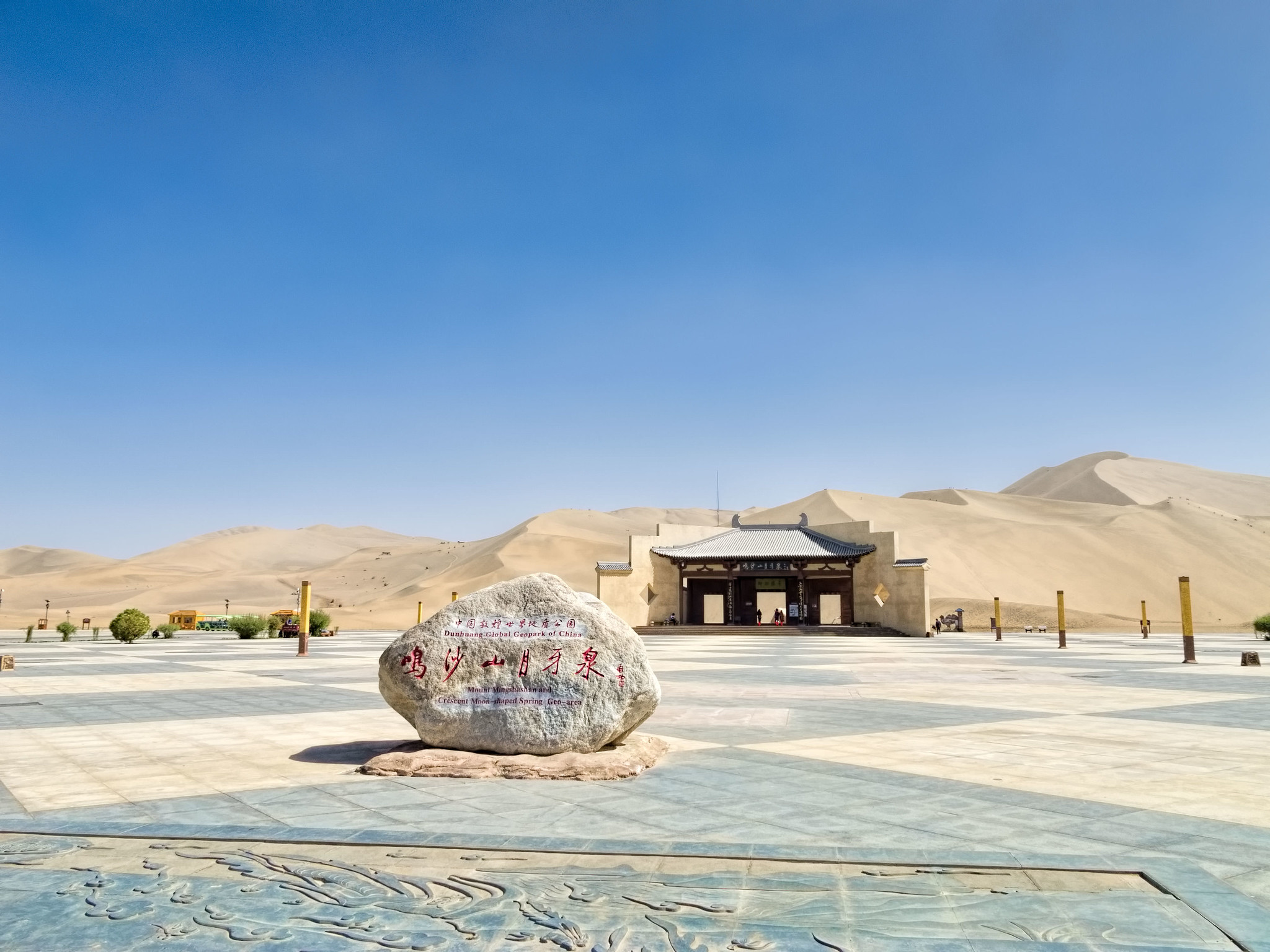
China’s Mingsha Shan, or “Echoing Sand Mountains,” earned their name from the mysterious humming sounds produced when wind passes over the dunes. Scientific studies reveal that the perfectly sized sand grains create acoustic resonance under specific conditions.
Ancient Silk Road travelers left records describing these “singing sands” as either heavenly music or demon voices.
Golden Gate
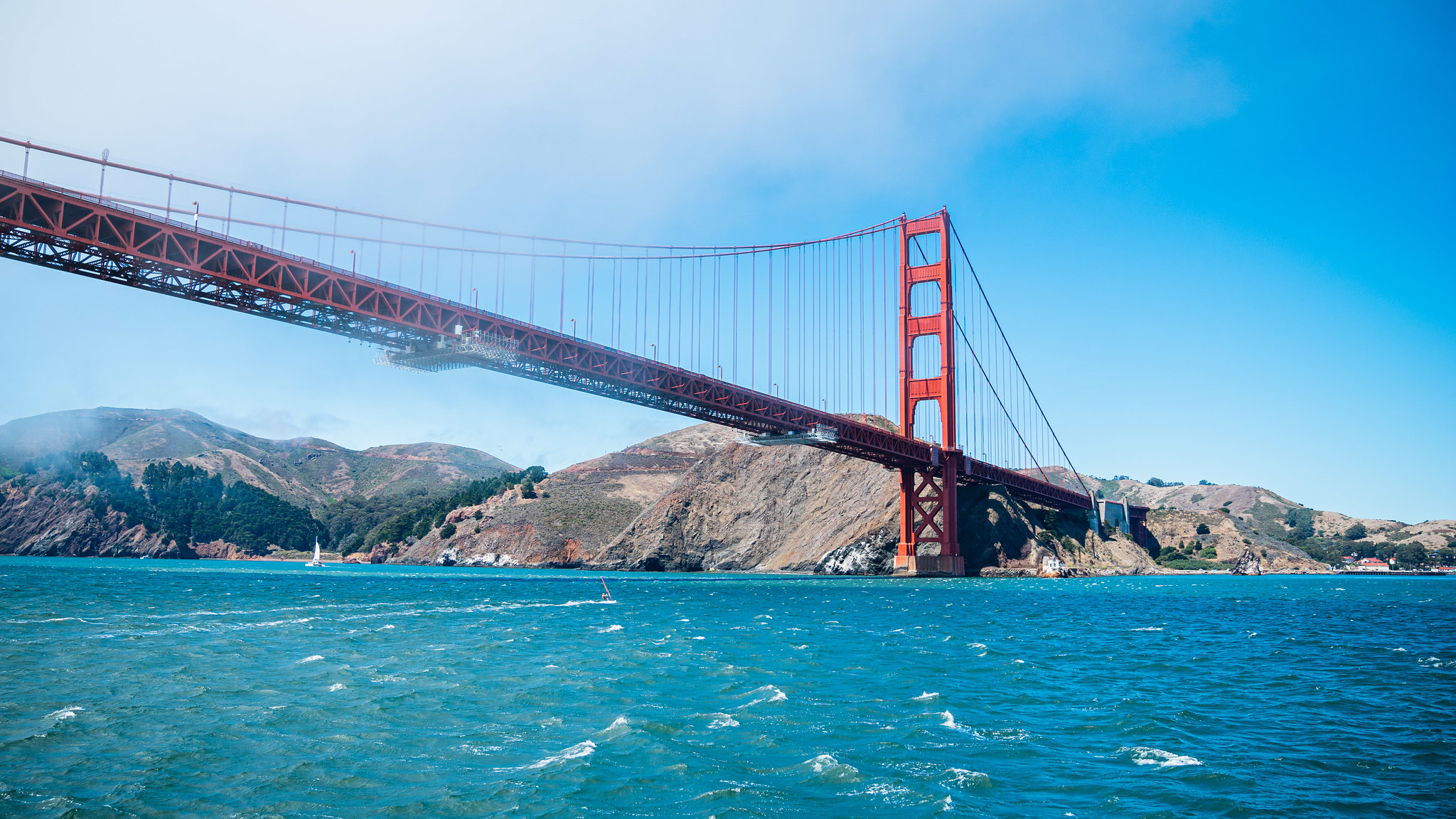
San Francisco’s famous strait earned its name not from the bridge’s color but from John C. Frémont, who named it “Chrysopylae” (Golden Gate) in 1846 because it reminded him of Constantinople’s harbor entrance, “Chrysoceras” (Golden Horn). The name proved prophetic when the California Gold Rush brought thousands through this natural gateway.
Like Go2Tutors’s content? Follow us on MSN.
Tornado Alley
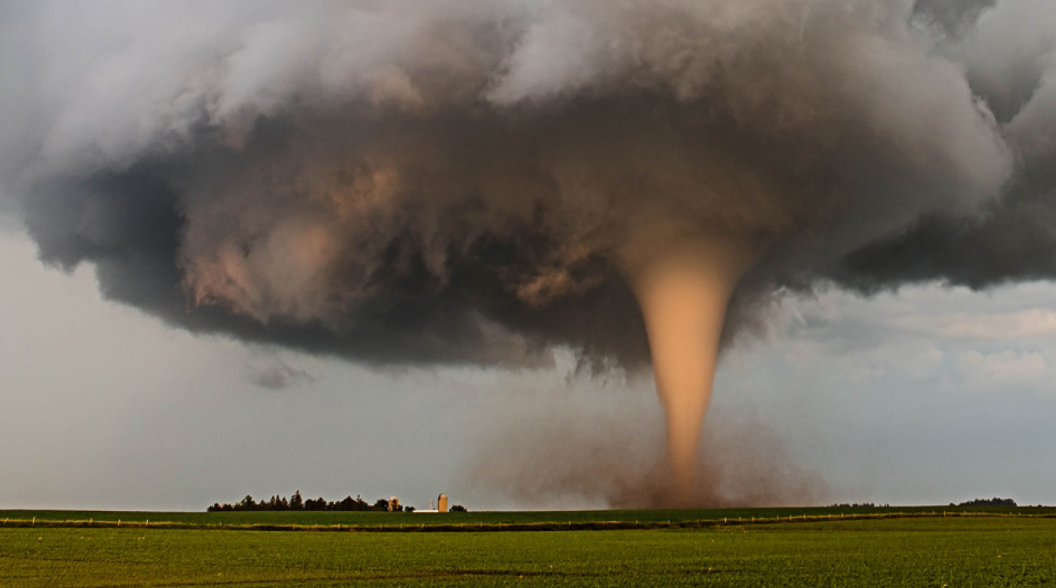
Oklahoma’s Tornado Alley earned its nickname from the unique weather patterns that make it the world’s most active corridor for severe storms. Native American tribes had various names for this region, all referring to the dramatic atmospheric displays.
Modern meteorologists study this area to understand the perfect storm conditions created by colliding air masses.
Giant’s Causeway
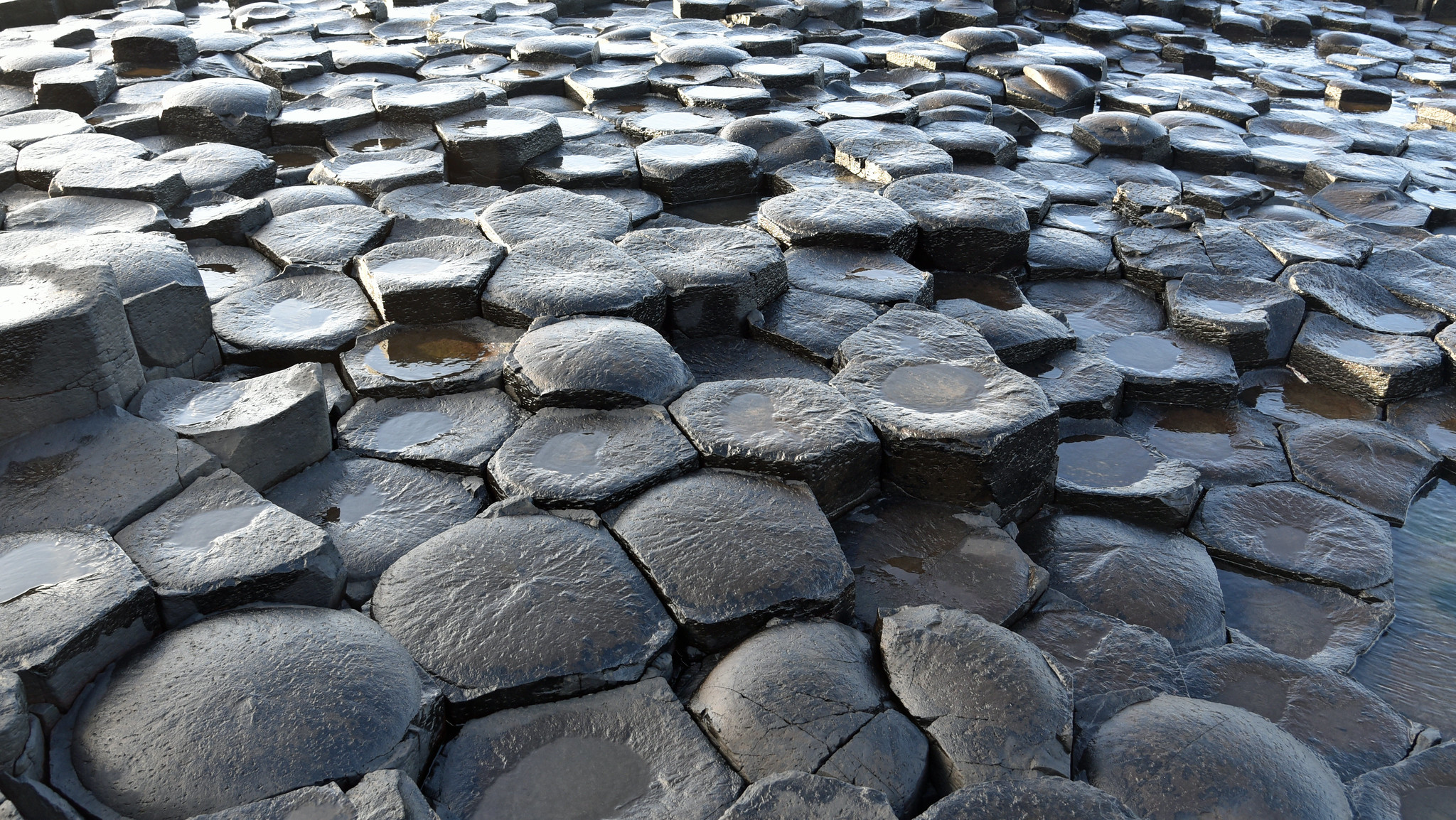
Northern Ireland’s hexagonal rock formations inspired legends of giants building a bridge to Scotland. A scientific explanation of volcanic activity creating these perfectly geometric shapes came centuries after folklore established the giant’s story.
Recent geological studies reveal even more extensive formations hidden beneath the waves.
Salar de Uyuni
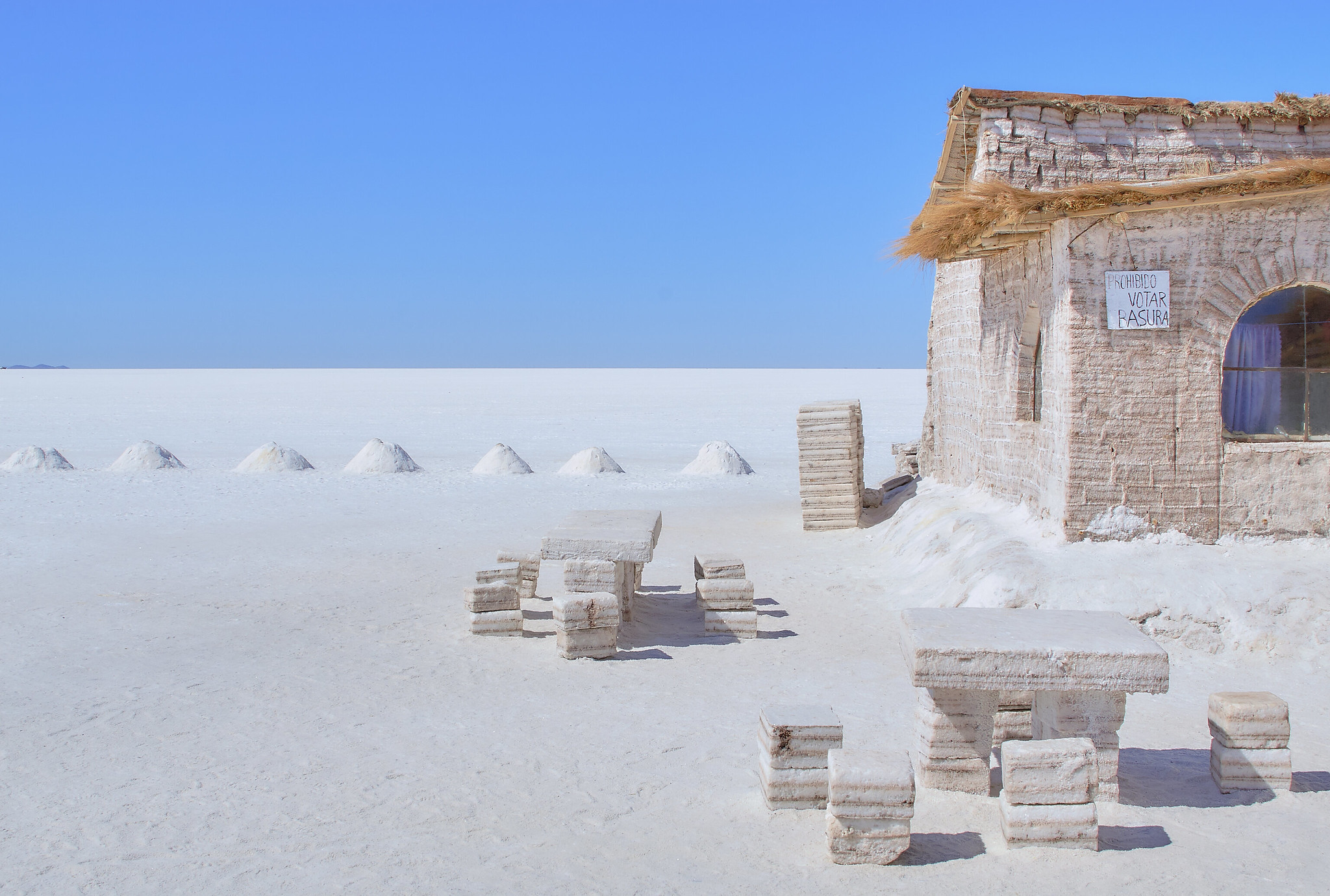
Bolivia’s Salar de Uyuni earned its name from Aymara chief Tunupa, who supposedly created the salt flat with his tears. This is the largest salt flat on Earth, preserving evidence of ancient lake beds and climate changes.
Modern satellite calibration techniques use its perfectly flat white surface as an ideal reference point.
Like Go2Tutors’s content? Follow us on MSN.
Sleeping Giant
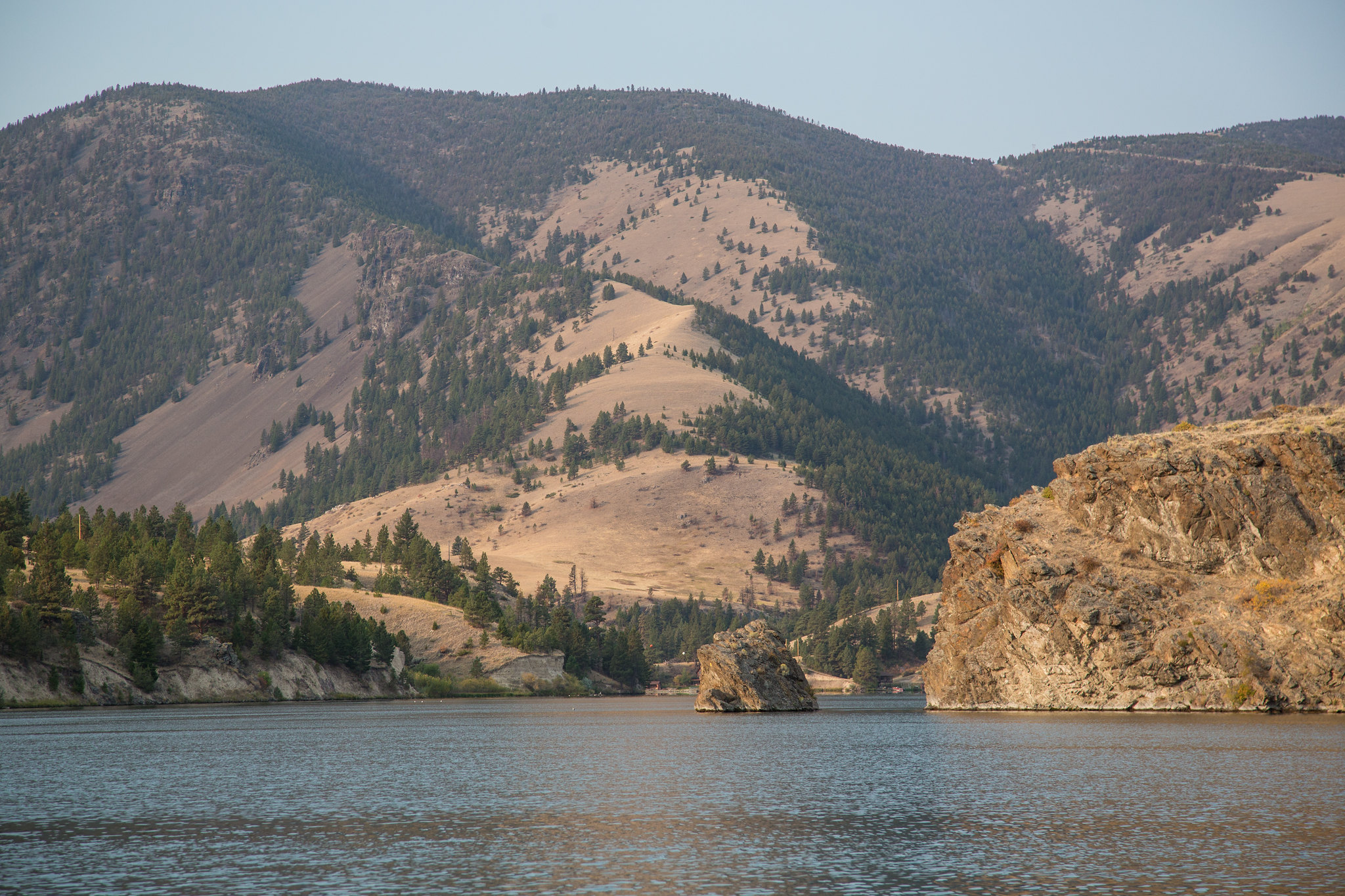
Thunder Bay’s distinctive mountain formation resembles a reclining giant, according to Ojibwe legend. The story tells of a giant who turned to stone because he revealed sacred secrets to European settlers.
Geological studies reveal that this formation resulted from ancient volcanic activity and selective erosion over millions of years.
Accursed Mountains
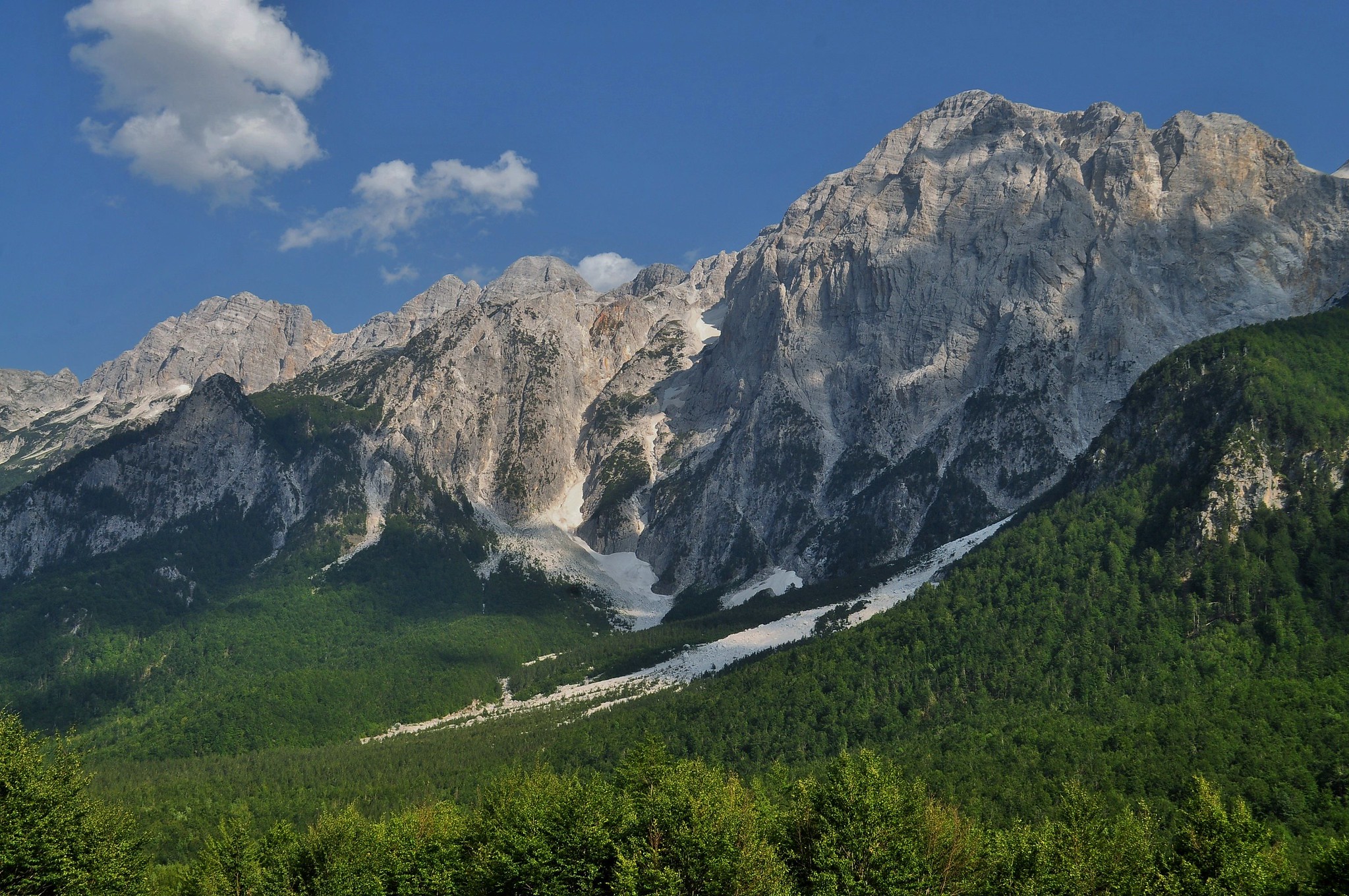
Albania’s Accursed Mountains earned their name from multiple legends involving feuds, curses, and tragic love stories. These forbidding peaks isolated communities for centuries, preserving unique cultural traditions.
Modern archaeological expeditions continue to discover evidence of ancient settlements in these remote valleys.
Legacy in Names
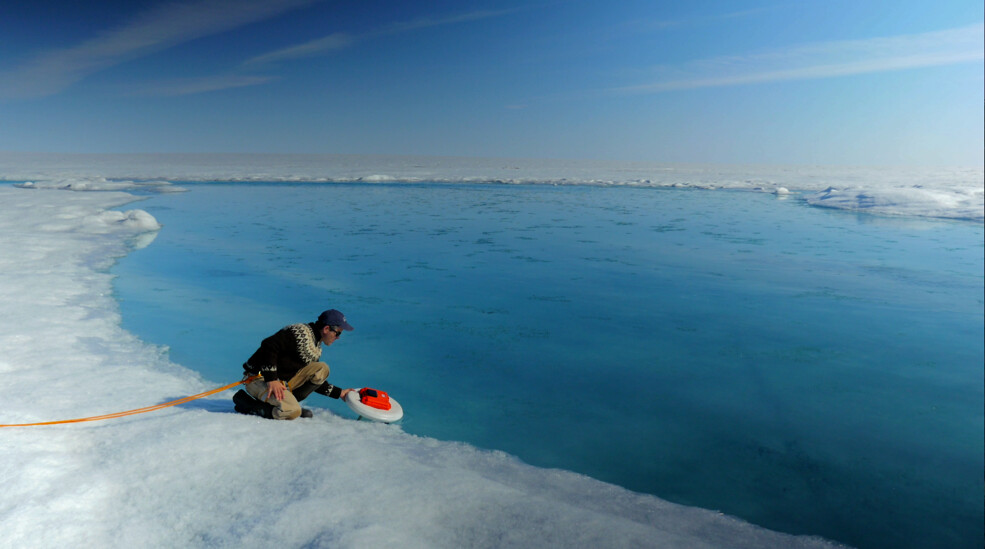
These geographic features remind us how human stories become permanently etched into the landscape. Their names preserve tales of discovery, disaster, and wonder that might otherwise be lost to time.
As modern science reveals the natural processes behind these landmarks, their historical names continue adding layers of human meaning to geographical features. Their stories demonstrate how places shape human experience, while human experience shapes how we understand and name these places, creating an enduring dialogue between landscape and legacy.
More from Go2Tutors!

- Famous Battles: How Much Do You Really Know About U.S. History?
- Top 5 Most Important Skills, According To Harvard Business School
- How Well Do You Know 90s Pop Culture? Take the Quiz
- Master the Art of Public Speaking with These Expert Tips
- Think You Know Capitals? Put Your Knowledge to the Test
Like Go2Tutors’s content? Follow us on MSN.
